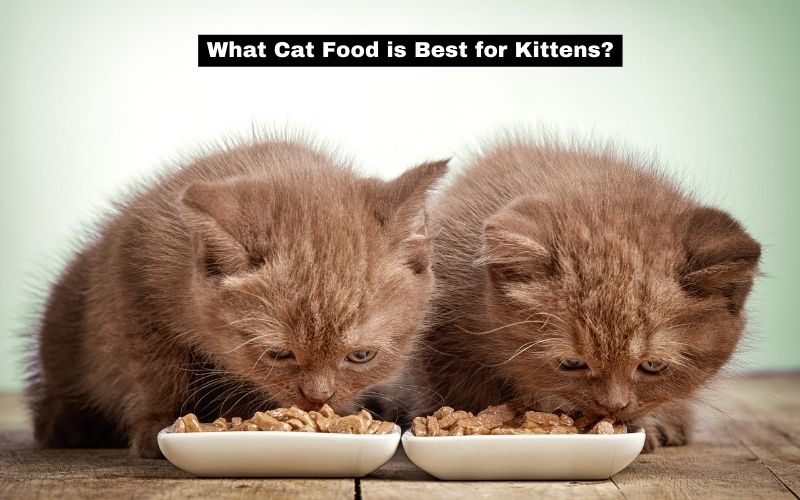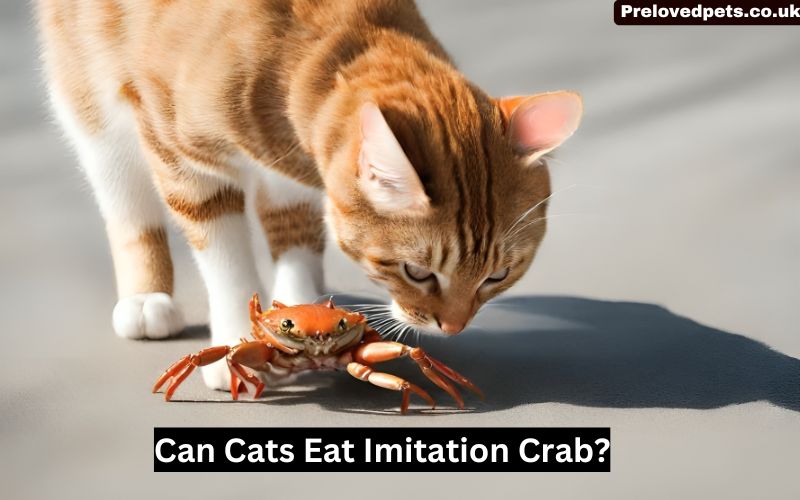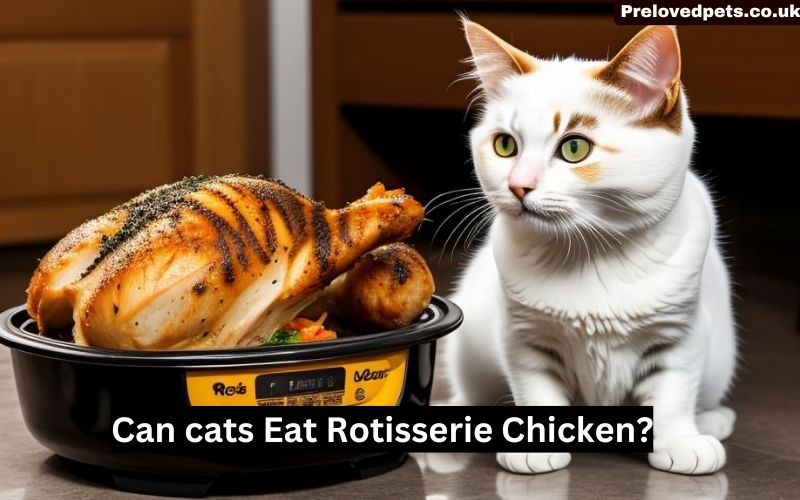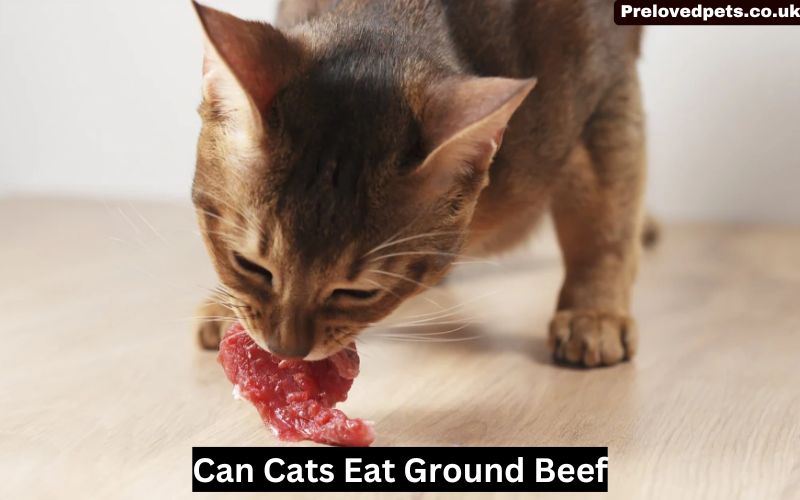Bringing a kitten into your home is a joyful experience filled with playfulness, curiosity, and, of course, the responsibility of providing the best care possible. One of the most critical aspects of kitten care is ensuring they receive proper nutrition to support their rapid growth and development. This guide will explore the various types of cat food available for kittens, their nutritional requirements, and tips on selecting the best food to keep your furry friend healthy and happy.
Understanding Kitten Nutritional Needs
Kittens grow at an astonishing rate, especially during the first six months of life. During this period, their nutritional needs differ significantly from those of adult cats. Understanding these needs is the first step in choosing the right food.
- High Protein Content: Kittens require a diet rich in high-quality protein to support muscle growth and overall development. Proteins provide essential amino acids that are the building blocks of tissues and organs.
- Healthy Fats: Fats are a vital energy source and support the development of the nervous system. Essential fatty acids, such as Omega-3 and Omega-6, also promote healthy skin and a shiny coat.
- Vitamins and Minerals: Vitamins like A, D, and E and minerals such as calcium and phosphorus are crucial for bone growth, vision, and immune system health.
- Taurine: This amino acid is essential for heart health, vision, and reproduction. Cats cannot synthesize taurine in sufficient quantities, so it must be included in their diet.
- Water: Adequate hydration is vital for overall health. Kittens, like all cats, can be prone to urinary tract issues, making water intake essential.
Types of Kitten Food
Kitten food generally comes in three primary forms: dry food, wet food, and semi-moist food. Each type has its advantages and disadvantages.
- Dry Food (Kibble)Advantages:
- Convenient and easy to store.
- Helps in maintaining dental health by reducing plaque and tartar buildup.
- Economical and available in bulk.
Disadvantages:
- Lower moisture content can contribute to dehydration.
- Some kittens may find it less palatable than wet food.
- Wet Food (Canned Food)Advantages:
- Higher moisture content helps with hydration.
- Generally more palatable, which can be beneficial for picky eaters.
- Often higher in protein content compared to dry food.
Disadvantages:
- More expensive than dry food.
- Requires refrigeration after opening.
- Can contribute to dental issues if not balanced with dental care.
- Semi-Moist FoodAdvantages:
- Convenient and typically more palatable than dry food.
- Often packaged in single-serving sizes, reducing waste.
Disadvantages:
- Contains artificial colors, flavors, and preservatives.
- Not as nutritionally complete as wet or dry food.
Key Ingredients to Look for in Kitten Food
When selecting kitten food, carefully examine the ingredient list and nutritional information. Here are some key ingredients and what they provide:
- Animal Protein Sources: Look for high-quality animal proteins like chicken, turkey, fish, or lamb as the primary ingredient. These provide essential amino acids necessary for growth and development.
- Whole Grains and Vegetables: Ingredients like brown rice, barley, and sweet potatoes provide carbohydrates for energy and fiber for digestive health.
- Fats: Sources like chicken fat, fish oil, and flaxseed oil provide essential fatty acids for healthy skin and coat.
- Vitamins and Minerals: Ensure the food contains added vitamins and minerals, such as calcium, phosphorus, vitamin E, and B-complex vitamins, which support various bodily functions and development.
- Taurine: As mentioned earlier, taurine is essential for heart and eye health. It should be included in adequate amounts.
Avoid Harmful Ingredients
Just as important as knowing what to include is knowing what to avoid. Some ingredients can be harmful or provide little nutritional value:
- By-products and Fillers: Ingredients like meat by-products, corn, wheat, and soy are often used as fillers and can be harder for kittens to digest.
- Artificial Additives: Avoid foods with artificial colors, flavors, and preservatives, as these can cause allergies and other health issues.
- Excessive Carbohydrates: Cats are obligate carnivores and do not need a diet high in carbohydrates. Too many carbs can lead to obesity and other health problems.
Transitioning to Solid Food
Kittens begin to transition to solid food at around four weeks of age. This process, known as weaning, involves gradually introducing solid food while still allowing them to nurse. Here are some tips for a smooth transition:
- Start with Wet Food: Wet food is easier for kittens to chew and digest. You can mix it with a little warm water to create a gruel-like consistency.
- Introduce Dry Food Slowly: Once kittens are comfortable with wet food, you can start introducing dry food. Mix it with wet food initially and gradually reduce the wet food portion.
- Provide Fresh Water: Ensure fresh water is always available to encourage hydration, especially when introducing dry food.
- Monitor Feeding: Observe how much your kitten eats and adjust the portions as needed. Kittens have small stomachs and need frequent, small meals.
Special Considerations
While most kittens will thrive on a well-balanced commercial kitten food, some may have specific dietary needs or health issues that require special consideration:
- Allergies: Some kittens may develop food allergies, typically to common proteins like chicken or beef. Symptoms can include itching, skin rashes, and digestive issues. If you suspect a food allergy, consult your veterinarian for advice on an elimination diet.
- Sensitive Stomachs: Kittens with sensitive stomachs may benefit from a limited-ingredient diet that avoids common allergens and fillers.
- Breed-Specific Needs: Some breeds have specific nutritional requirements. For example, Maine Coon kittens may benefit from a diet that supports bone and joint health due to their larger size.
- Weight Management: Overfeeding can lead to obesity, even in kittens. Monitor your kitten’s weight and adjust their diet as necessary to maintain a healthy weight.
Brands to Consider
Numerous brands offer high-quality kitten food. Here are some well-regarded options:
- Royal Canin Kitten: Known for breed-specific formulas and research-based nutrition, Royal Canin provides balanced and highly palatable options for kittens.
- Hill’s Science Diet Kitten: Formulated with precise nutrition to support growth and development, Hill’s Science Diet is often recommended by veterinarians.
- Blue Buffalo Healthy Growth Kitten: Featuring real meat as the first ingredient, Blue Buffalo offers a natural diet with added vitamins and minerals.
- Purina Pro Plan Kitten: Purina Pro Plan provides high-protein options with added DHA for brain and vision development.
- Wellness CORE Kitten: A grain-free option with high protein content, Wellness CORE focuses on natural ingredients and holistic nutrition.
Homemade Kitten Food
Some pet owners prefer to prepare homemade food for their kittens to ensure complete control over the ingredients. While this can be beneficial, it requires careful planning to ensure the diet is nutritionally complete. Here are some tips:
- Consult a Veterinarian: Before starting a homemade diet, consult a veterinarian or a pet nutritionist to create a balanced recipe.
- Use High-Quality Ingredients: Choose fresh, high-quality ingredients like lean meats, vegetables, and supplements.
- Avoid Harmful Foods: Some human foods, such as onions, garlic, and chocolate, are toxic to cats and should never be included.
- Supplement Appropriately: Kittens require specific vitamins and minerals that may not be present in adequate amounts in homemade food. Supplements like taurine and calcium are often necessary.
See Also: Can Dogs Eat Bell Peppers
Common Feeding Mistakes to Avoid
Providing the best nutrition for your kitten also means avoiding common feeding mistakes that can negatively impact their health:
- Overfeeding: While kittens need plenty of food to support their growth, overfeeding can lead to obesity. Follow the feeding guidelines on the food packaging and adjust based on your kitten’s growth and activity level.
- Inconsistent Diet: Switching foods too frequently can cause digestive issues. Once you find a food that works well, stick with it.
- Feeding Adult Cat Food: Adult cat food does not provide the necessary nutrients for a growing kitten and can lead to deficiencies.
- Ignoring Hydration: Especially with dry food, ensure your kitten is drinking enough water to prevent dehydration and urinary tract issues.
- Feeding Human Food: Many human foods are not suitable for kittens and can cause health problems. Stick to a balanced commercial diet or a vet-approved homemade recipe.
Conclusion
Choosing the best cat food for your kitten is a crucial aspect of their overall care. By understanding their nutritional needs and carefully selecting high-quality food, you can ensure your kitten grows into a healthy and happy adult cat. Whether you opt for dry food, wet food, or a combination, the key is to provide a balanced diet rich in protein, healthy fats, vitamins, and minerals. Always consult your veterinarian for personalized advice, especially if your kitten has specific dietary needs or health concerns. With the right nutrition and care, your kitten will thrive and bring joy to your home for years to come.




